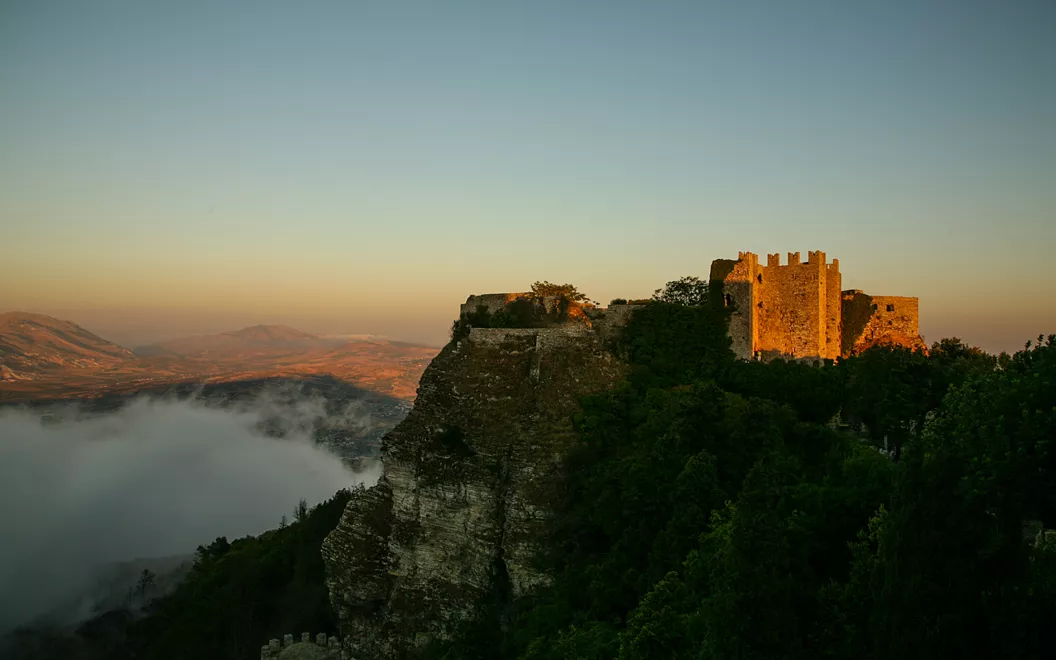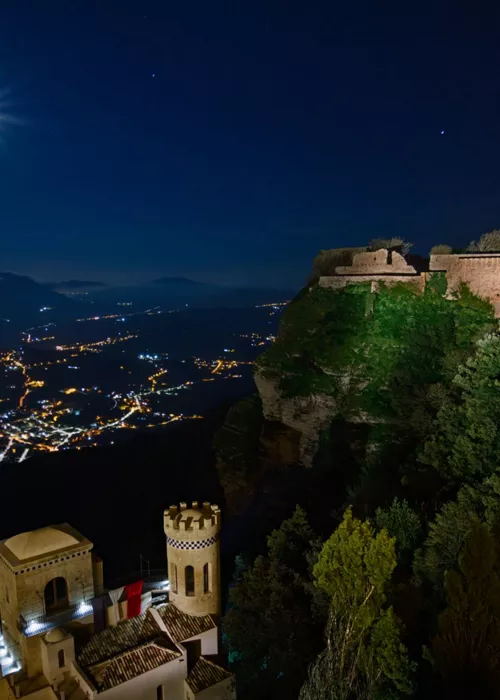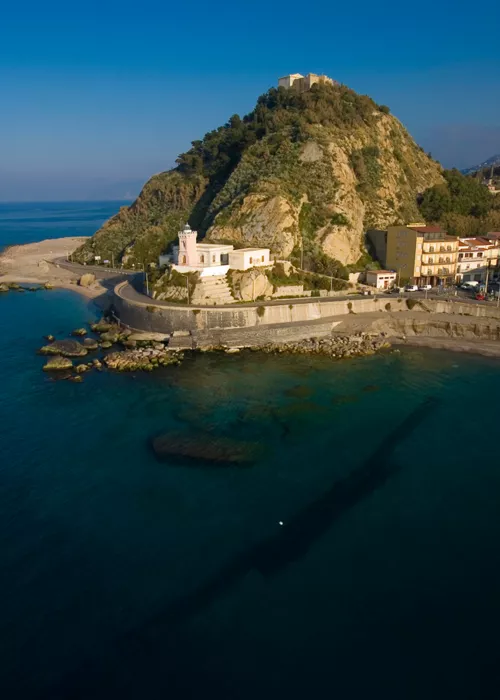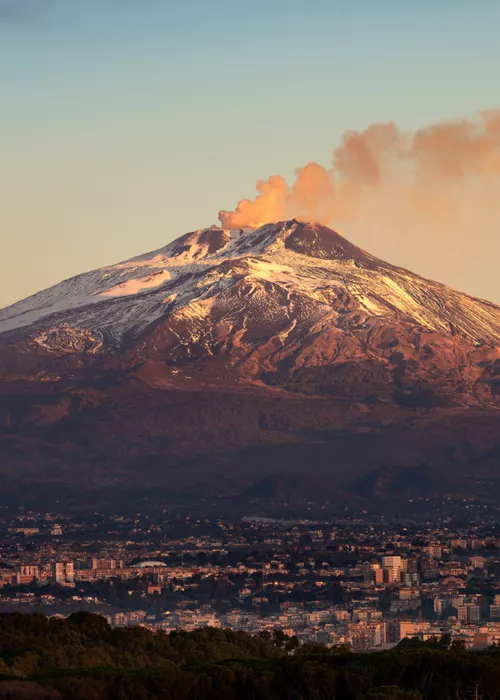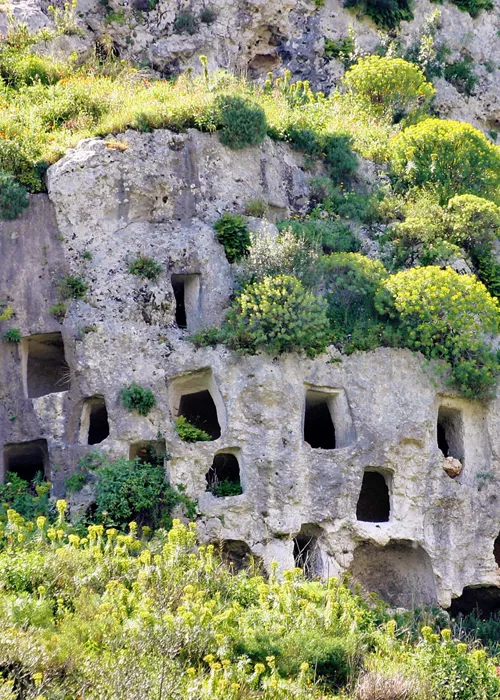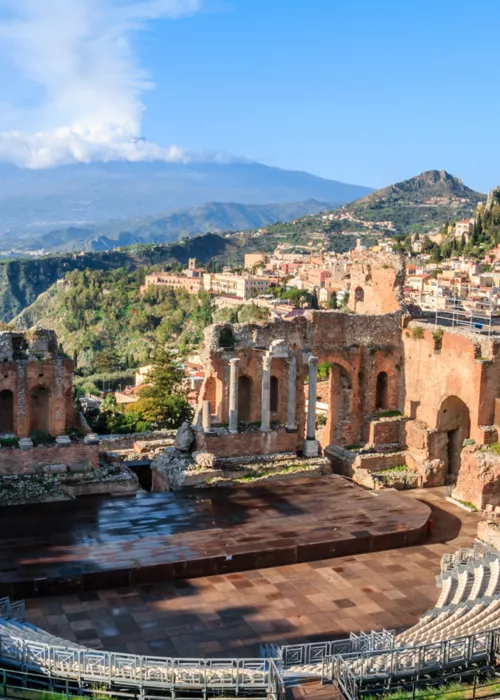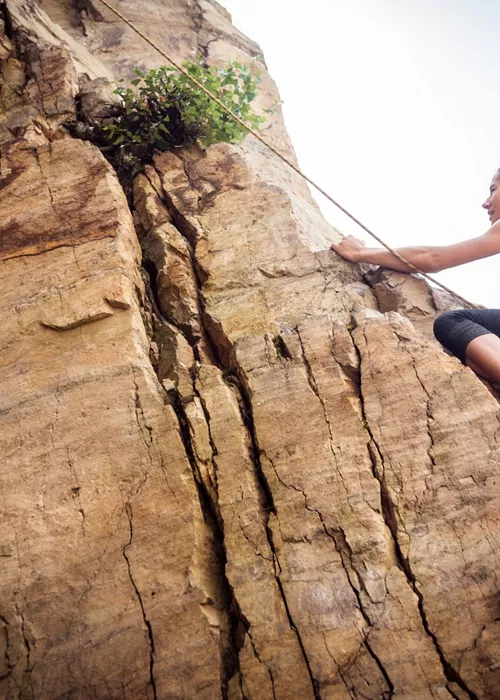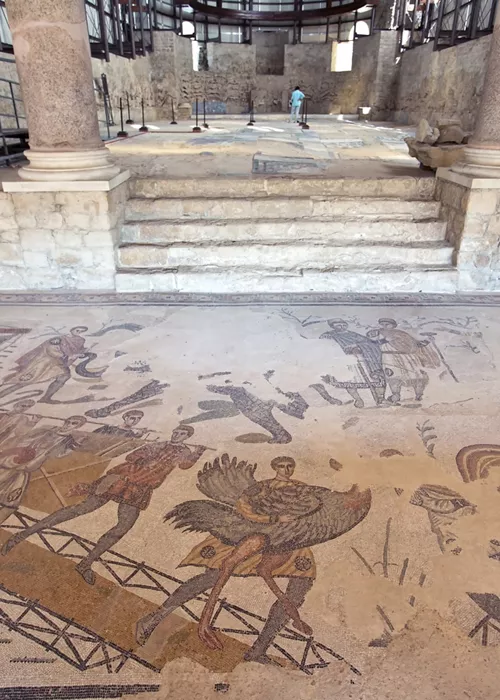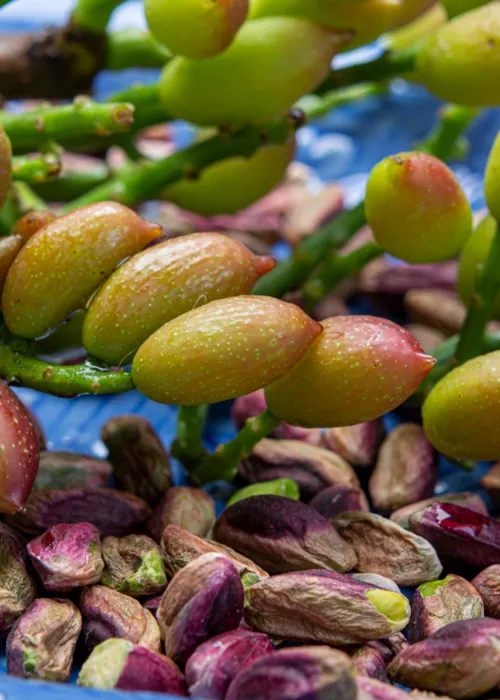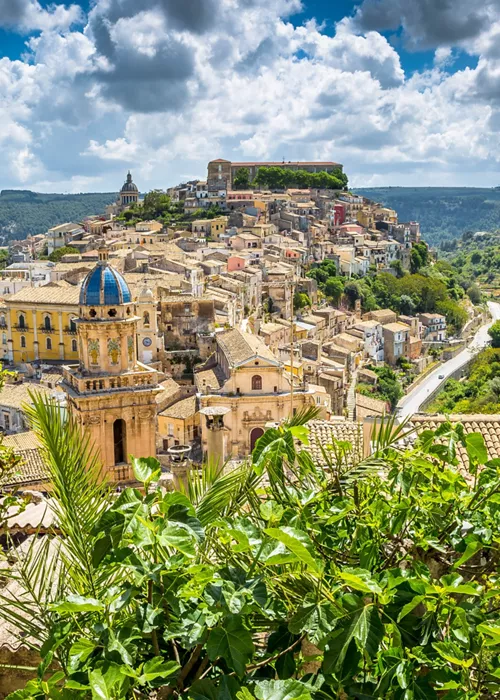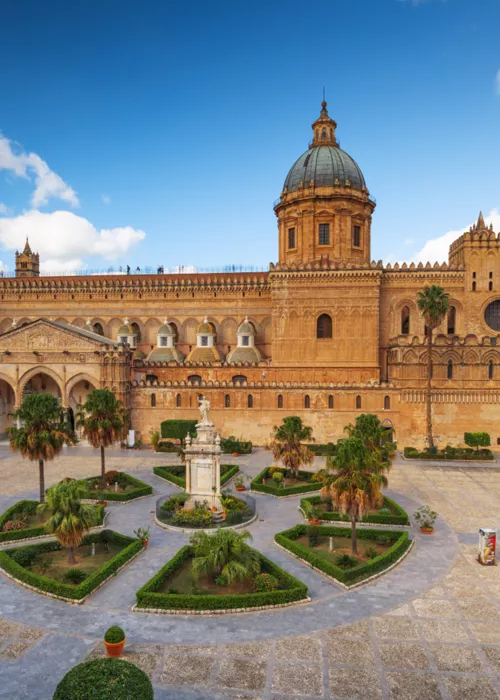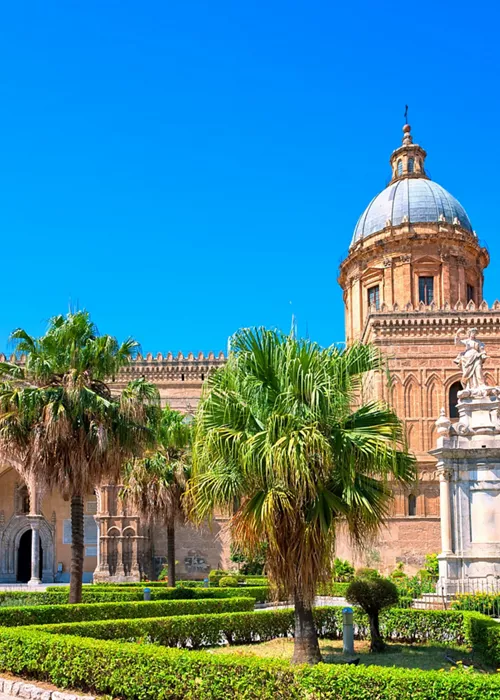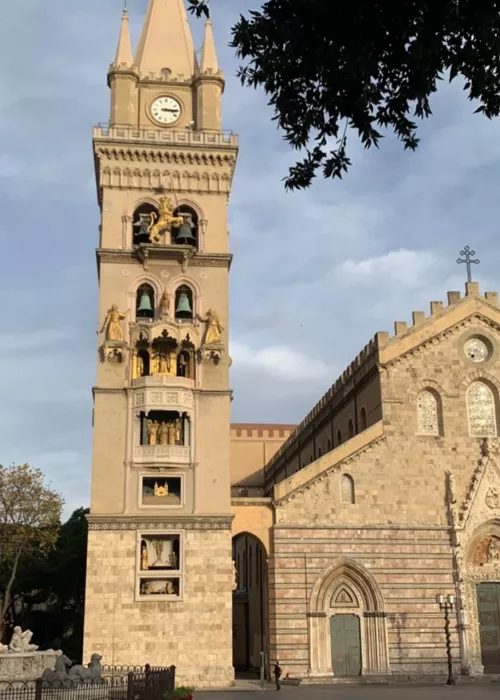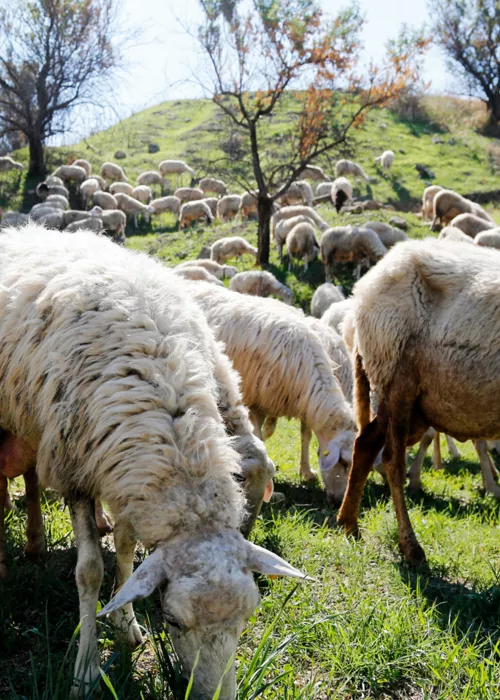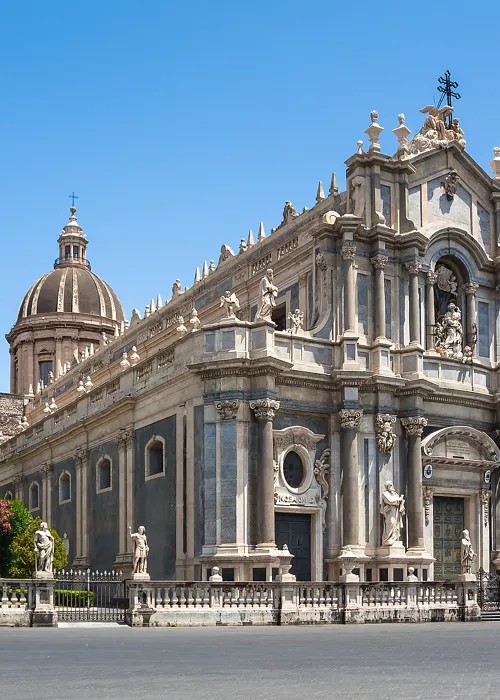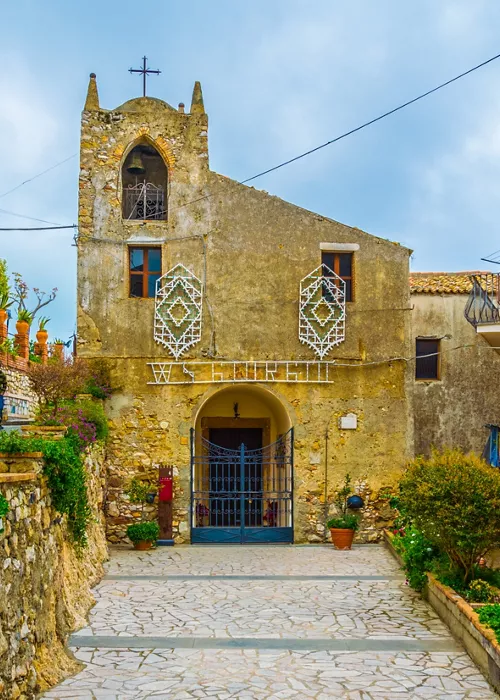Landscapes of Sicily
4 minutes

Exotic and "far away"; and yet, so close to everyone, due to the capacity they have to arouse and express specific emotions, which have entered into the imaginary world not only in Italy. The Sicilian islands each have a personality of their own: volcanic, mundane, traditional, reflective, magical, wild. The only shared trait in their different Mediterranean nuances is the hospitality they possess. Testimonies of ancient settlements enrich the Aeolian Islands, a World Heritage Site of volcanic origin, with their amazing beaches, coves, caves, stacks and spectacular sea beds.
The Egadi archipelago, with its strong identity, is windswept and frequented by man since the Upper Palaeolithic period, as shown by rock figures on the walls of the Grotta del Genovese on Levanzo and the museum island of Mozia. With their exotic charm, the Pelagie Islands, Italy's southernmost archipelago, with their secret bays and lush nature. And then Ustica and Pantelleria, neither of which belong to any archipelago. The first, the magical island of Circe, is as untamed as it is hospitable, a pearl nestled in the blue Mediterranean just 67 kilometres from Palermo. The second, a "black" pearl of uncommon beauty, at times rough and austere, closer to Africa than to Sicily. Islands that in order to name them one had to turn to mythology, to a fantasy rather than to a physical geography. Just as there is always something imaginary and dreamy about the encounter with each of them.
Etna, the Enchanting Mountain
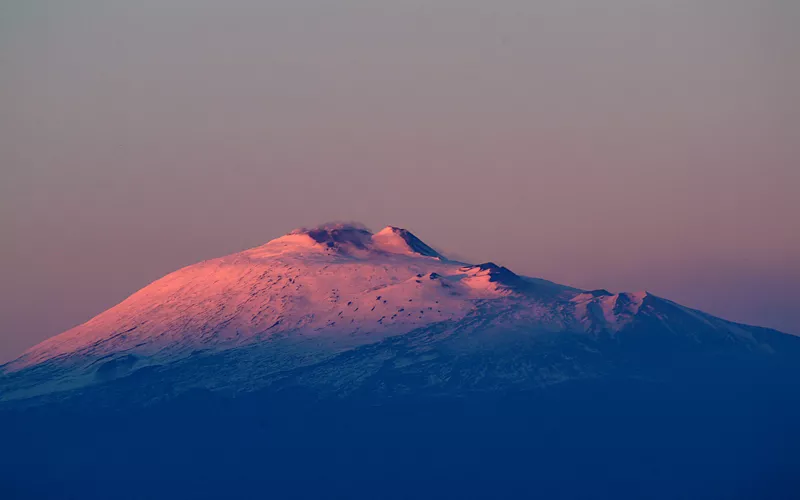
It is indeed one of the most active volcanoes in the world and the largest in Europe, at 3329 metres. Etna is also and especially Sicily's mountain. A World Heritage Site since 2013 for its geological peculiarities, its force is not only in the magma, always bubbling, but also in the striking beauty that reaches out to everything around the mountain: the farmed areas up to high altitudes, the forests, the moonscapes of the lava flows, the views of the sea, the oldest settlements that still face its power and the variability of its character. A cable car and several naturalistic paths open to all make it easy to visit, mountain bike excursions, trekking for experts, body rafting in the Alcantara Gorges, make this incredible experience even more adrenaline-pumping. Snow is not lacking either and usually stays on the peaks for a fair amount of time, to the satisfaction of those who wish to ski surrounded by the spectacular views of the Mediterranean.
Sicily and the Sea, an extraordinary combination
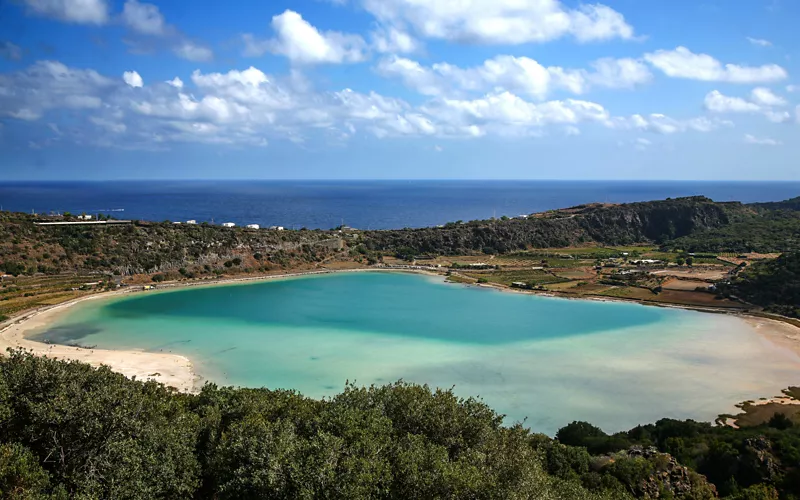
There are more than 1600 kilometres of coastline that speak of the power of the sea on the largest island in the Mediterranean. One can still experience almost primordial marine emotions here, but also enjoy one of the best-equipped seaside resorts, splendid solitudes as well as places renowned for their worldliness.
The seas of Sicily, seashores of unparalleled nature and history, and its coasts yield an inventory of infinite scenarios! Everything and the opposite of everything! The southern coast, golden and soft, hard and sandy where Mount Etna's lava plunges, is a string of beaches with large dunes and stacks, picturesque fishing villages and celebrated seaside resorts, and then white cliffs at the end of the gulf. The environment along the northern coastline has indulged in the most diverse and astonishing shapes. The coastline as a landing place for peoples and cultures that have arrived from afar over the millennia, bringing with them a baggage full of knowledge, flavours, fragrances, art and lifestyle.
Sicily, Italy's most mountainous island
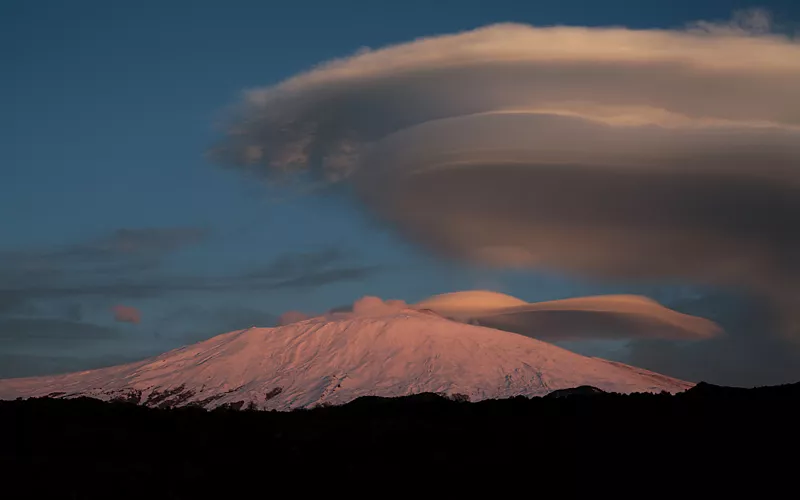
It is probably true that we think little of the mountains in Sicily, other than the natural and cultural grandeur of Mount Etna. And yet, Sicily is an iconic island in the Italian seas of actual mountains, with "Apennine" altitudes of up to 2,000 metres, several of which bear mythological names: the Nebrodi, the Madonie, but also the Monti Erei, the Monti Iblei, the Peloritani and the Sicani. And then there are the Palermo Mountains that encompass the Sicilian capital and the Trapani Mountains with Mount Erice on top of which stands the eponymous village, an enchanted and out-of-time place. Impervious nature of peaks and cliffs, meadows, extensive forests of mountain trees, the island's green lungs often safeguarded by Regional Parks and Nature Reserves, peppered with villages that cling to the rocky cliffs until they almost merge with them in spectacular clusters.
Hinterland, Sicily's core
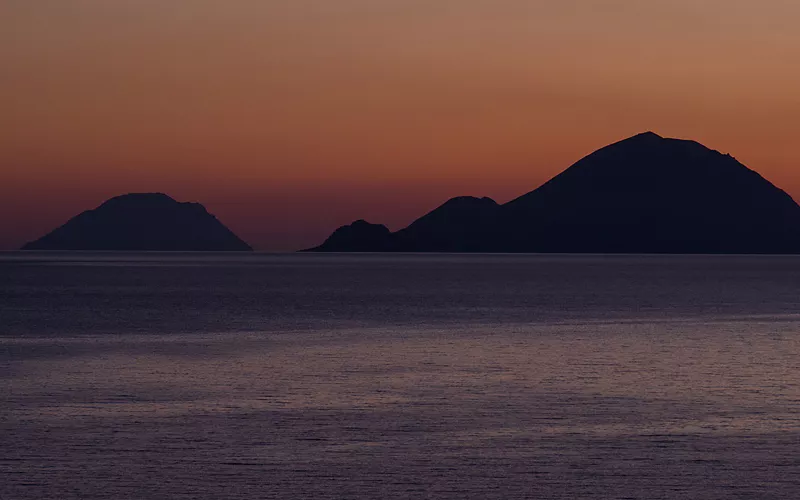
Sicily's hinterland, of a wild and rugged beauty, is a cosmos yet to be unveiled. Colours, scents, sounds, silences, thoughts stratified over time and set in powerful images have shaped a land that is not necessarily easy to comprehend, but extremely generous and hospitable, that can tell millenary stories and traditions and preserve archaeological, architectural and natural treasures. If you try to look beyond the best-known coastal destinations and the most appealing cities of art, you will be captured by just as many wonders. Starting with Enna, the highest capital city in Italy, and Caltanissetta with its historical centre packed with Renaissance and Baroque monuments. And then the mountainous heart of the Sicilian land where Greek myths and Roman culture come alive with antique acropolises, crimson-water lakes and polychrome mosaics.

